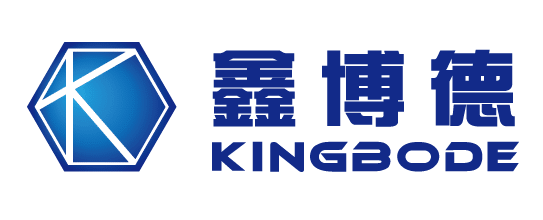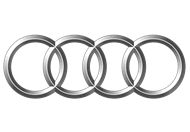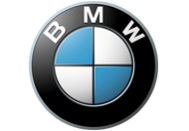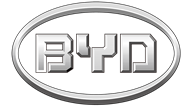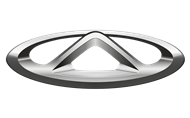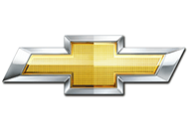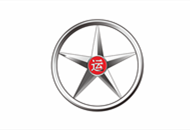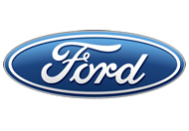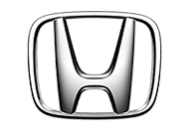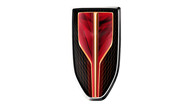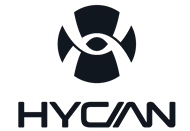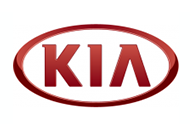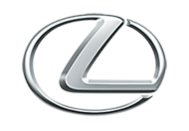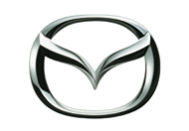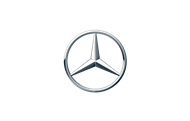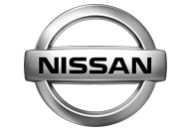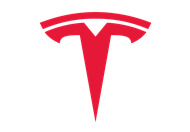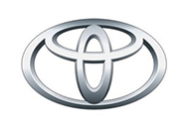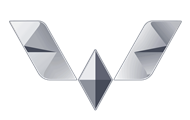Profitable Marvel: Can China’s Influence in Russia’s Auto Market Endure? Anticipating the Future of Pre-Owned Cars!
Exploring the Resilience of China’s Automotive Presence in Russia and the Potential of Second-Hand Vehicles
Introduction: China’s Automotive Impact in Russia
Russia’s automotive landscape is evolving, and the spotlight is on the intriguing rise of Chinese car brands. With a modest 2% share in Russia’s used car market, Chinese vehicles are making strides against the backdrop of consumers’ preference for Japanese, German, and Korean brands, commanding a combined 57% market share.
China’s Dominance: A Fleeting Trend or a Long-Lasting Shift?
China’s automotive invasion in Russia has captured market share and profits, but the question lingers: how sustainable is this momentum? Research by Calltouch offers insights into Russian sentiments, indicating that while a quarter of Russians yearn for Western car brands’ return, 65% admit limited knowledge of their domestic auto market. Simultaneously, a mere 12.8% believe in China’s ability to establish a monopoly in the market.
Shifting Dynamics: The Road Ahead
Looking ahead, one-fifth of Russians envision a shift from personal vehicles to public transport, 13.2% anticipate a surge in electric cars, and 7.8% expect a rise in parallel imported vehicles. The past year witnessed a significant shift in Russian car purchasing attitudes. In early 2022, 38% of prospective buyers planning for 2023 postponed their purchasing decisions.
Consumer Preferences: Unveiling Key Factors
Presently, 24.3% prioritize price as the driving factor for car purchases. About 16% stick to familiar brands, while 13.2% have abandoned car ownership altogether. Moreover, 11.4% are placing growing trust in Chinese brands, 10% focus on domestic vehicles, and 8.6% show keen interest in electric cars. While Chinese car models have made some inroads, they have not fully filled the void left by Western brands. They’ve merely scratched the surface.
Reviving Russian Brands: China’s Impact on Local Production
China’s automotive influence has even extended to resurrecting Russian brands, including Moskvich, Evolute, and Sollers. Lada is set to join the fray, with the recently introduced X-Cross 5 crossover, co-developed with “Eastern New Partner.”
Unleashing Potential: China’s Second-Hand Car Market
However, the potential extends beyond the new car market. Autostat experts note that China’s second-hand cars hold a mere 2% share, indicating substantial untapped potential amidst a consumer landscape dominated by Japanese, German, and Korean brands with a 57% combined share.
Russia’s Automotive Landscape: A Glimpse into the Market
Russia’s car market ranks among the world’s largest, securing the second spot in the European market. It has experienced fluctuations due to economic shifts and policy changes. Government initiatives, such as tax reductions and subsidies, have stimulated car sales. The market comprises local and international brands, including Lada, Renault, Kia, and Hyundai. SUVs and crossovers are popular due to Russia’s challenging weather and road conditions.
Emergence of Chinese Brands: A Promising Trend
July’s car sales data in Russia is capturing attention, with several Chinese car brands making their mark. Chery leads the pack, closely followed by Geely, Haval, and Changan, experiencing robust sales growth. Chery, Haval, and Geely have emerged as China’s beloved brands in Russia.
Insights from AUTOSTAT: Unveiling Market Dynamics
AUTOSTAT, the source of Russia’s market statistics, relies on new car registration data from the Russian Federation, capturing parallel imports. The recent data indicates that Russia registered 95,654 new passenger cars last month, a remarkable 2.7-fold increase compared to the same period last year.
A Dynamic Outlook: Charting the Future Course
July’s figures, boasting a 16% rise compared to June 2023, highlight the market’s dynamic nature. The majority of new car sales (49%) remain concentrated among three brands. Lada commands a significant market share at 28.6%. The Granta remains a best-seller, occupying 17% of the market. Vesta ranks second (5.3%), with a new version introduced last spring. Additionally, the Niva Travel and Niva Legend SUVs hold the 7th and 8th positions, capturing 3.2% and 3.1% of the market, respectively.
In Conclusion: Navigating the Ever-Changing Landscape
In the ever-evolving landscape of Russia’s automotive market, China’s influence and its enduring effects are captivating enthusiasts and industry players. As consumers’ preferences, market dynamics, and trends continue to shift, the future of the Russian car market remains an exciting journey
